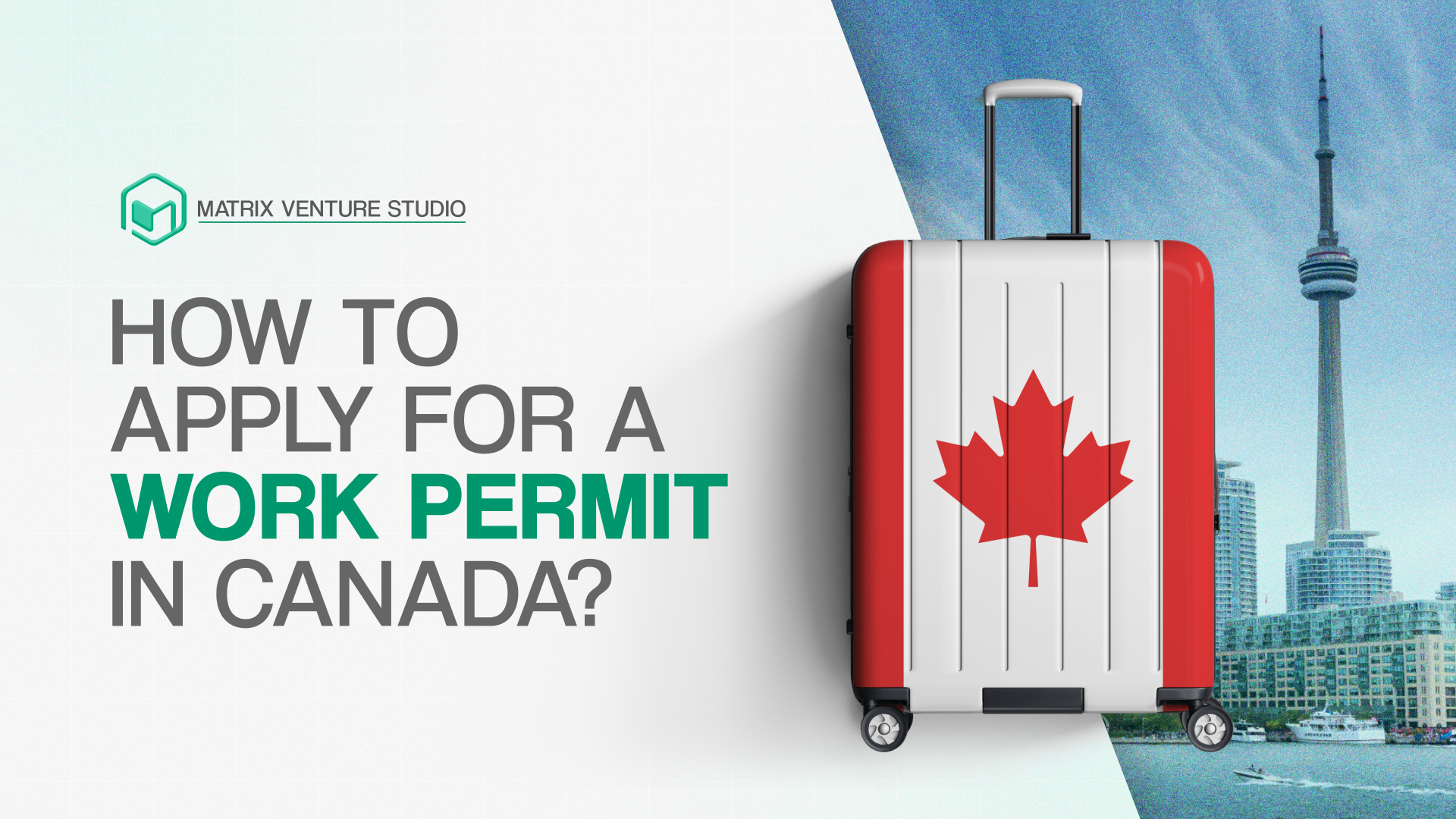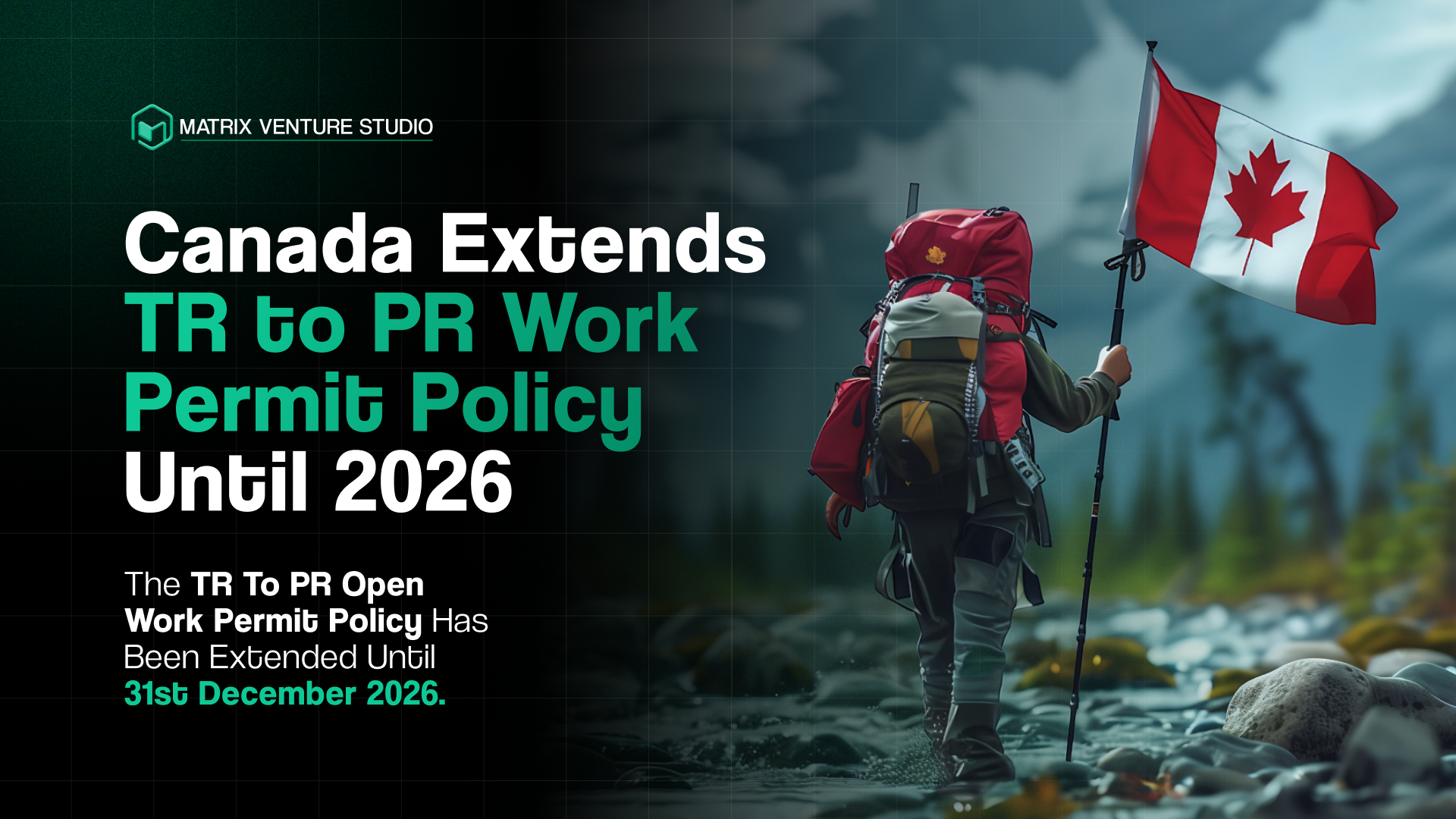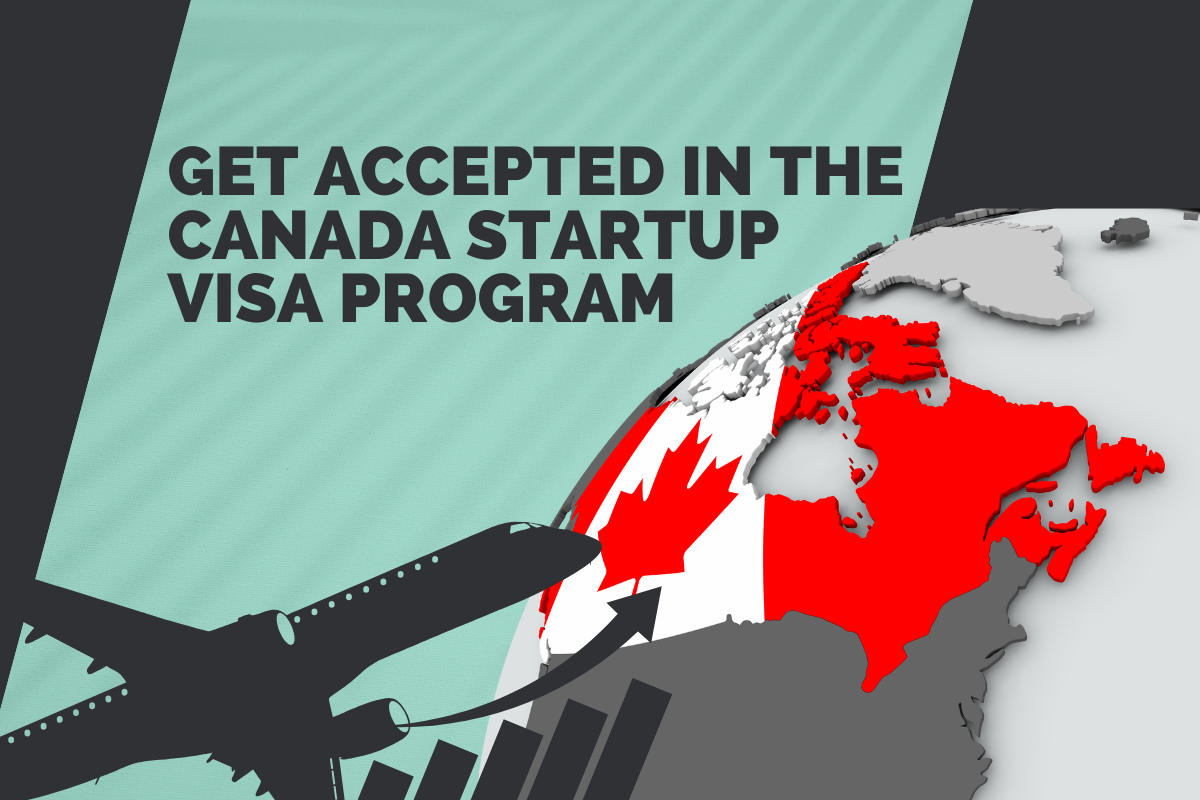Immigration, Refugees, and Citizenship Canada handed out a huge 692,760 work permits. That's a big jump from the 274,690 doled out in 2022. But from 2024, the Canadian Government will put an intake cap on work permit issuance to stabilize new growth. That means more stringent measures to reject applications. So, you must wrap your head around the nitty-gritty steps to get that work permit sorted.
Let's break it down and make sure you're all set to go through the twists and turns of getting your Canadian work visa.
What is a Canada Work Permit?
A Canada work permit is an authorization allowing foreign nationals to work legally in Canada for a specified period. Issued by Immigration, Refugees and Citizenship Canada (IRCC), it explains the rules, who you'll work for, and how long you can work in Canada.
There are two main types of work permits in Canada: the employer-specific work permit and the open work permit.
1. Employer-Specific Work Permit
This Canadian work permit allows you to work in Canada under specific conditions outlined in your permit. These conditions include details such as:
- the specific employer you can work for
- the duration of your employment
- the location where you can work if applicable.
Before applying, your employer must furnish your employment contract and either a Labour Market Impact Assessment (LMIA) or an LMIA-exempt offer of employment number.
2. Open Work Permit
With an open work permit, you can work for any employer in Canada, except:
- those listed as ineligible
- involved in specific adult services
Securing an open work permit is circumstantial. Certain roles mandate a medical exam; to sidestep medical conditions on your permit, you can opt for an examination with a panel physician.
Benefits of Having a Canadian Work Permit
Besides being a legal requirement, the work permit in Canada offers the following benefits:
- Your spouse, common-law partner, and dependent children can potentially join you. They may also be eligible to work, study, or live in Canada during your employment.
- You gain access to a wide range of job opportunities, contributing to Canada's diverse workforce.
- You can apply for health insurance and have access to Canada's public healthcare system, covering essential medical services during your stay.
- You can apply for permanent residence if you have a work permit.
Work Permit in Canada – New Rules
I get this question a lot on “Student to Citizenship” pathway for Canada so let me break it down.
— ‘Tunde Omotoye (@TundeTASH) March 8, 2024
When you come Study in Canada for:
- 8 months to 1 year program you get a 1 year Post Graduate Work Permit (PGWP) after school.
- 16 months (1yr 4 months) masters program without…
- The TR to PR pathway, widely used by work permit holders for permanent residence, closed in 2021. Now, work permit holders can pursue permanent residency through immigration programs like the Canadian Experience Class.
- From September 1, 2024, students in curriculum licensing agreement programs lose eligibility for the Post Graduate Work Permit (PGWP). Programs under 8 months (or 900 hours for Quebec) are also ineligible.
- Previously, spouses of international students in various study levels, such as undergraduates and college programs, were eligible for open work permits. However, the eligibility has been revised, limiting open work permits to spouses in master's and doctoral programs.
- As of January 1, 2024, Canada has nearly doubled the minimum funds required for living, addressing rising living costs. The adjustments ensure ample support for individuals and families pursuing employment opportunities in the country.
Not all institutions in Canada are eligible for PGWP (Postgraduate Work Permit). Ensure you confirm this before you pay the application fee!https://t.co/6TFXQprOGO pic.twitter.com/bRmaeZ3rHY
— Olumuyiwa Igbalajobi, Ph.D (@olumuyiwaayo) March 5, 2024
Getting a Work Permit in Canada
Entry to Canada on a work permit depends on various factors, including your application's completeness and accuracy. Meeting comprehensive eligibility criteria is also crucial.
While you're not mandated to hire a consultant, it's a good idea to keep up with the changing rules. Even though you can apply on your own, talking to an immigration expert can give you helpful advice and support as you go through the process of getting a work permit.
Skills Required to Get a Canadian Work Permit
You must check if you're eligible to get a work permit, considering that Canadian authorities have strict regulations about the same.
To get a work permit in Canada, it's not officially required to have specific skills mentioned. But, you must have skills related to the job listed in the LMIA.
Also, you might need to prove your language abilities through exams like IELTS, CELPIP, or PTE for better communication at work. So, meeting language standards is really important for a successful work permit application in Canada.
The Francophone Mobility Program is now open to a greater number of French-speaking immigrants. Check out this video for step-by-step instructions on how you can submit an application for a work permit for the Francophone Mobility Program #FrancophonieMonth #FrCan @OCOLCanada pic.twitter.com/Km4qeFyhB7
— IRCC (@CitImmCanada) March 7, 2024
Steps to Apply for a Work Permit in Canada
Applying for a work permit in Canada is a systematic process. You need different forms depending on how you’re applying and where you’re applying from.
Case 1: If you're applying from outside Canada
- Access the Canada Immigration Work Permit Application page online. You can apply on paper only if you're disabled, under the Seasonal Agricultural Worker Program, or a holder of an identity/travel document for non-national residents, refugees, or stateless persons.
- Choose your location and method of application, noting additional steps for certain countries like Ukraine and Venezuela. Choose "Online" or "Paper" based on eligibility.
- Review the provided instructions for application requirements, including forms, visa office specifications, and necessary documents like a scanner and debit/credit card. Ensure you have all required documents as per the instructions.
- Click "Create an Account or Sign in" to set up your account for online application, fee payment, status tracking, and permit extension.
Case 2: If you're applying from inside Canada
- Apply online by visiting the Canada Immigration Work Permit Application page, and selecting your application location as “inside Canada.”
- Review the eligibility criteria for obtaining a work permit within Canada. If eligible, excluding Ukrainian nationals or those accompanying them, proceed to apply from inside Canada.
- Ensure you have a valid credit/debit card and a scanner/camera. Read the provided instruction guide thoroughly.
- After understanding the instructions, gather the required documents, then click "Create an Account or Sign in." This account is essential for online applications, fee payments, status checks, and permit extensions.
Case 3: If you're applying at a port of entry
- Ensure you meet eligibility requirements for a work permit and undergo a medical exam if necessary. You can apply for a work permit at a port of entry only if you don't need a visa to visit Canada.
- Inform the officer of your intent to obtain a work permit. The officer will verify your passport, eligibility, and the validity of your medical certificate if required.
- For the Employer-Specific Work Permit, bring your job offer, a copy of the LMIA, LMIA number, and proof of qualifications/experience. If you don't need LMIA, bring the offer of employment number and proof of LMIA exemption.
- If working in Quebec, present an attestation of issuance of your Quebec Acceptance Certificate (CAQ).
Post Work Permit Application Process
For an easy process after applying for a work permit in Canada, make sure to quickly book your biometrics appointment. This helps avoid any delays in processing your application.
An official will check if you qualify for a work permit and make sure your prospective employer follows the rules. Make sure to fill out your application properly because if it's not complete, they'll send it back without processing.
Some jobs may need you to have a medical checkup. This could make the time it takes to process your application longer by more than 3 months. Be ready to give more information if asked.
Visitors seeking a work permit within the last 12 months can request permission to work while their application is processed. To be eligible, you must be in Canada, have a valid visitor status, and apply for a specific work permit by February 28, 2025.
If you want permission to work while waiting, fill out the IRCC Web form after applying, including essential details like dates, work permit number, employer name, and job title. Then, wait for an email confirmation, which may take up to 30 business days. Once you get the confirmation, you can start working.
Work Permit Application Fee and Processing Time
The fee for the work permit starts from $155 and may go up to $465, depending on if you want an extension or restoration of worker status in Canada. Furthermore, the processing time varies from country to country.
For example, if you're applying from India, you may get your work permit in 19 weeks, whereas if you're applying from Argentina, you may get it in 6 weeks. On the other hand, if you're applying from Canada itself, you may get your work permit in 99 days.
The time mentioned doesn't count how long it takes to send your application between a Visa Canada application center and the office or the time you spend giving your biometrics. Also, if your job isn't considered essential, it might take even more time to process your application. You can check your specific work permit processing time here.
Conclusion
As more people apply for work permits in Canada, you must know the process well. This includes the types of permits, recent rule changes, and the perks, like family inclusion, job opportunities, and healthcare access.
As Canada updates its immigration rules, staying informed and seeking help from experts will make your journey to getting a Canadian work permit easier.





Leave a reply